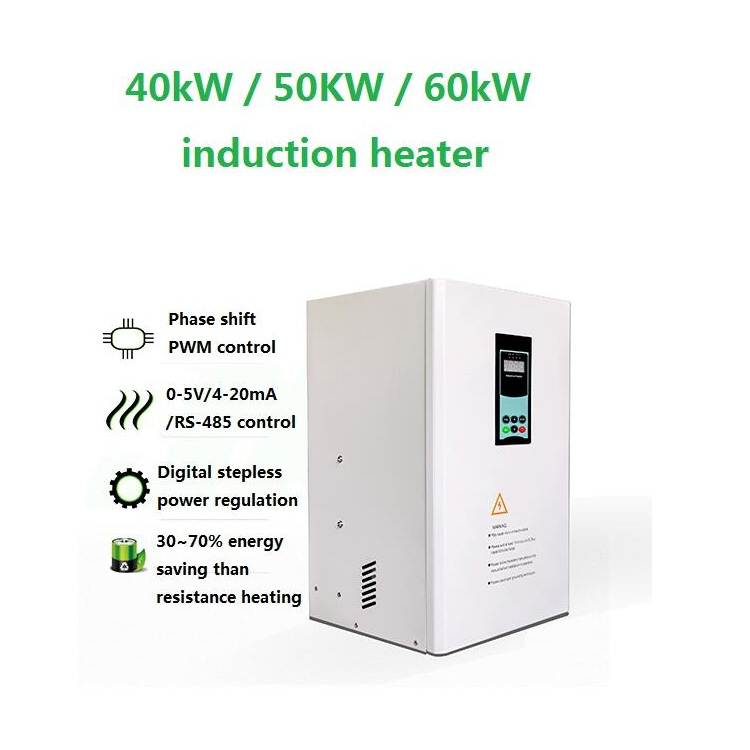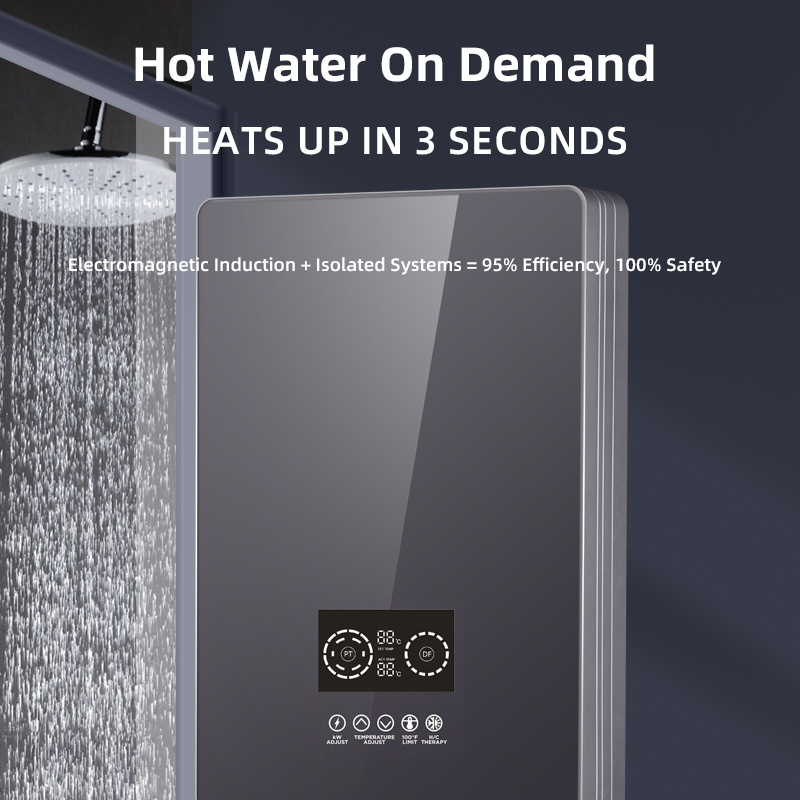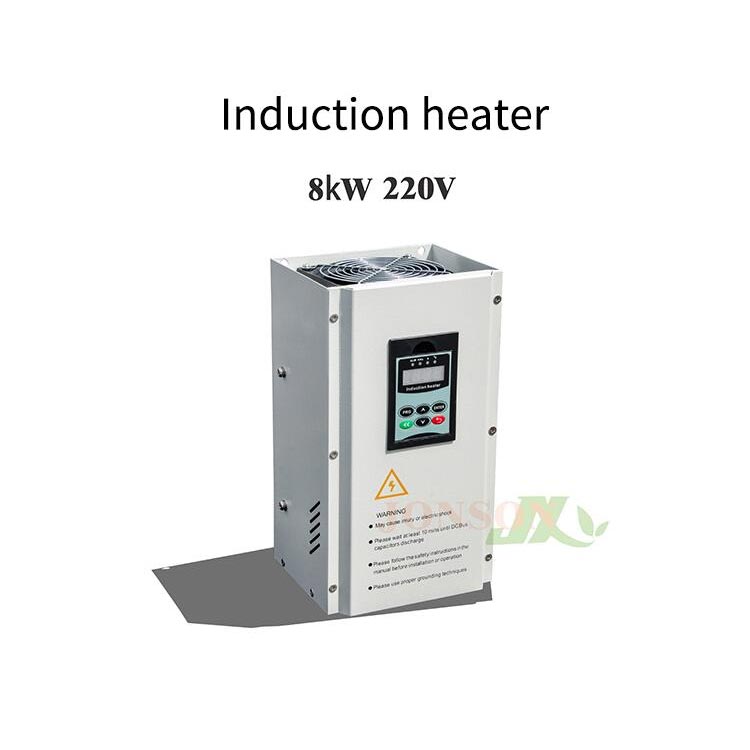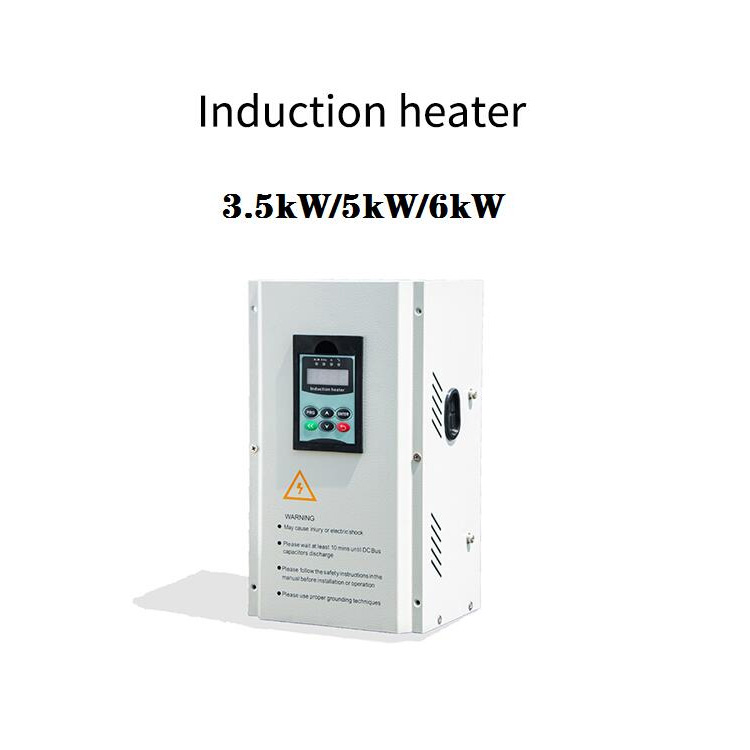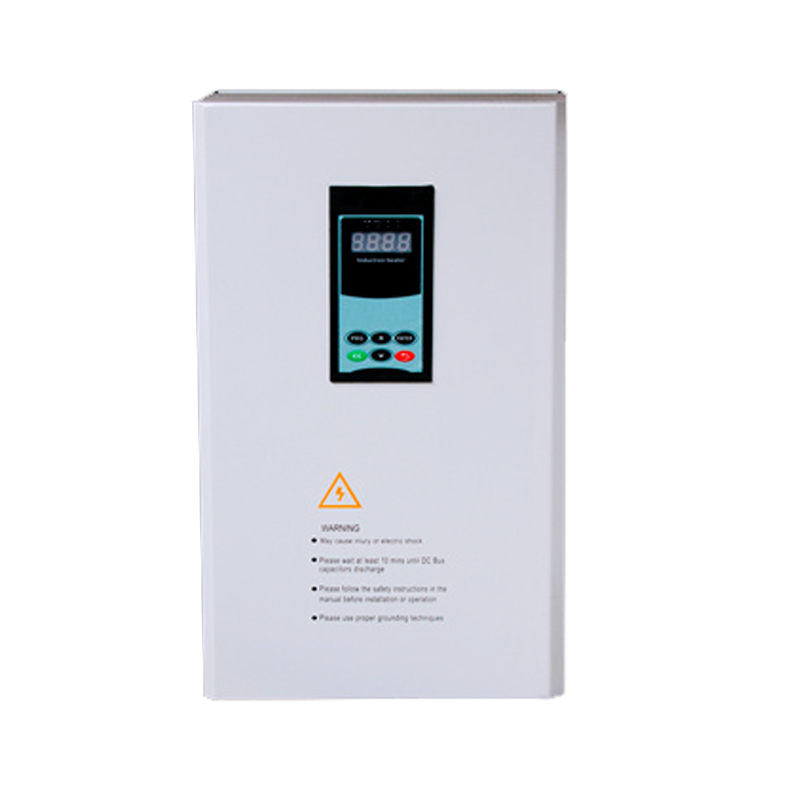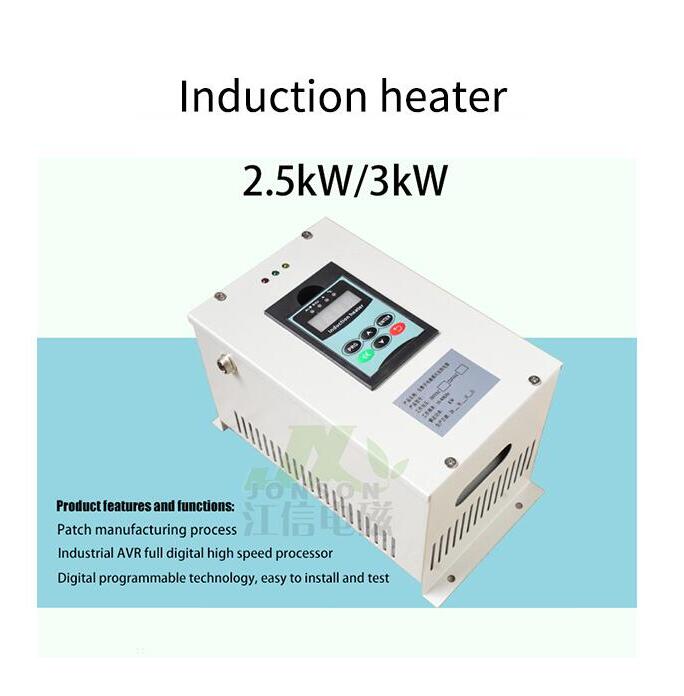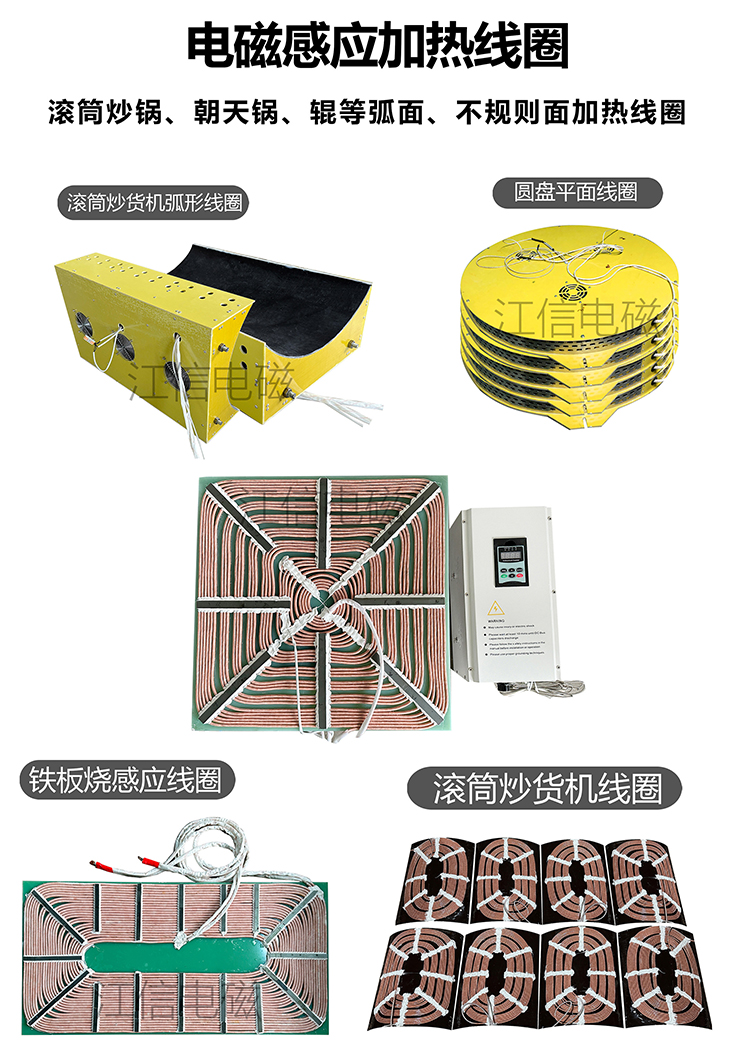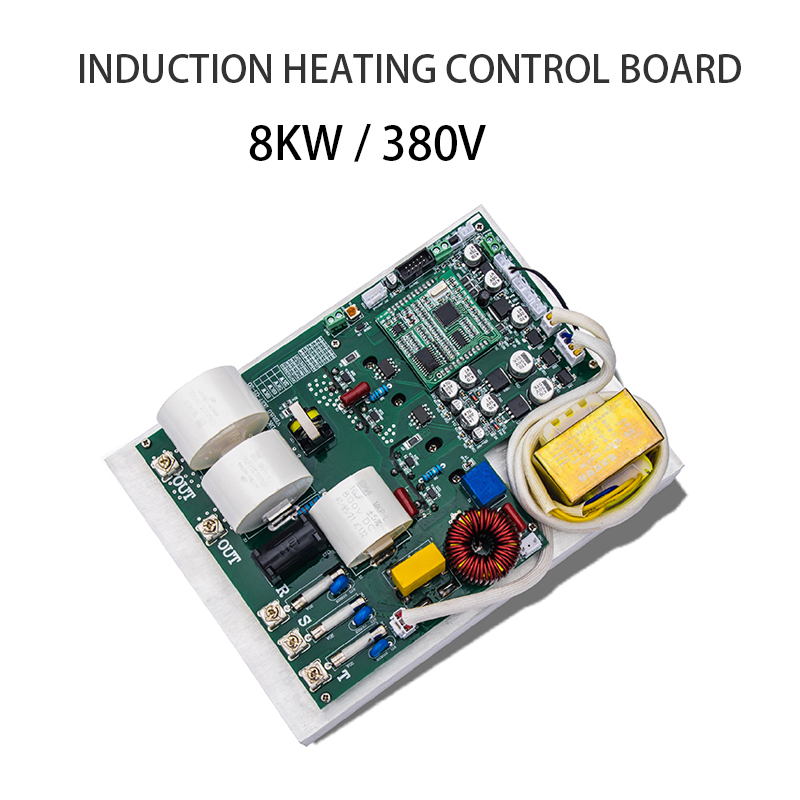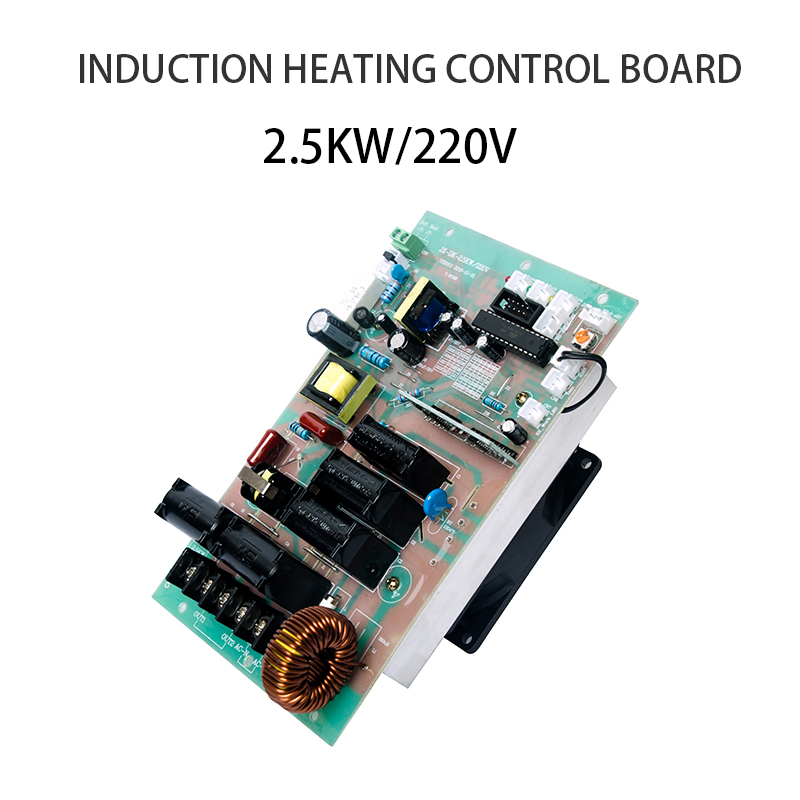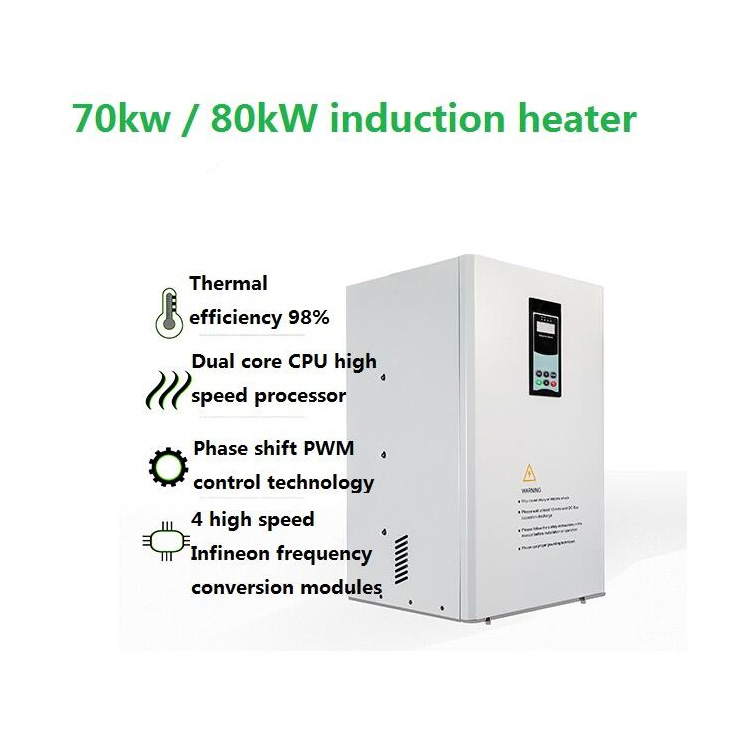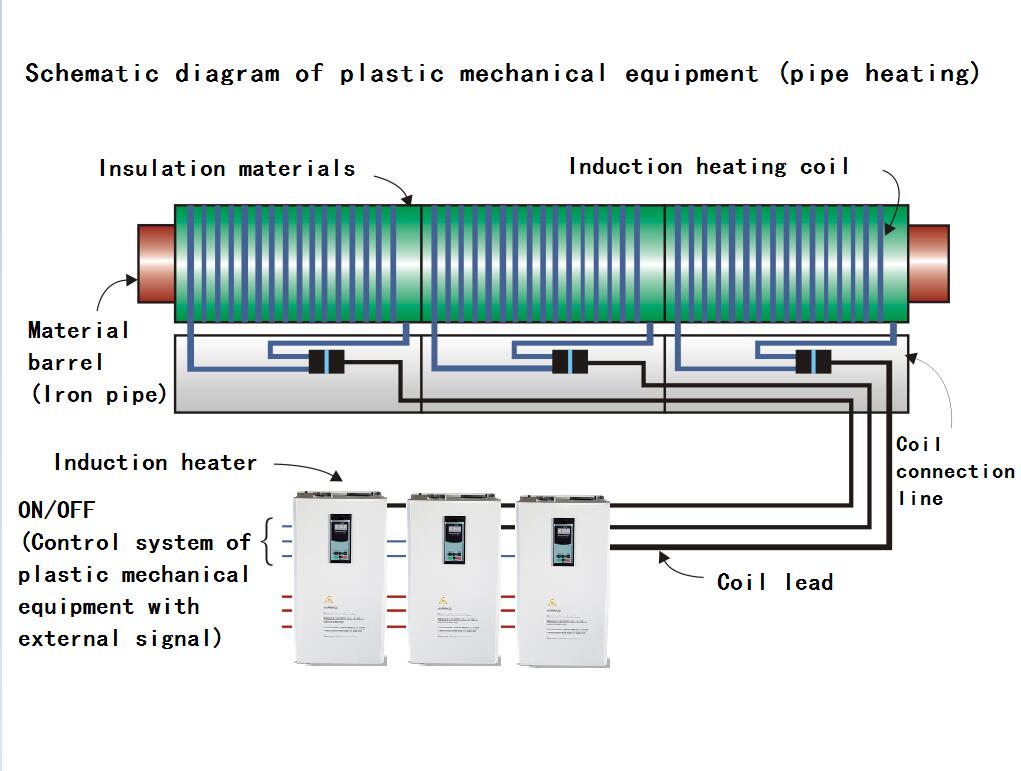Induction heating power supplies are the core components of induction heating systems, responsible for generating the high-frequency electrical energy required to heat the workpiece through electromagnetic induction. These power supplies are made up of several key components, each contributing to the functionality, performance, and efficiency of the system. Below is an overview of the main components of an induction heating power supply:
1. Power Input and Rectification Circuit£º
The first stage of an induction heating power supply is the conversion of the AC input (typically 50/60Hz from the electrical grid) into DC power. This is done through a rectification circuit that uses components like diodes or rectifiers. The rectifier converts the alternating current (AC) to direct current (DC), which is necessary for the subsequent high-frequency switching process.
2. Inverter Stage£º
Once the input power is rectified into DC, it is then fed into the inverter section. The inverter is responsible for converting the DC power into high-frequency AC power, typically between 1kHz and 100kHz, which is suitable for induction heating. This process is carried out using insulated-gate bipolar transistors (IGBTs) or metal-oxide-semiconductor field-effect transistors (MOSFETs), which act as switches to pulse the DC voltage at the required frequency.
3. Matching Network£º
To ensure efficient power transfer from the inverter to the induction coil, the power supply typically includes a matching network. This network consists of a set of capacitors, inductors, and sometimes transformers to match the impedance between the inverter output and the induction coil. Proper matching ensures maximum power efficiency and minimizes losses.
4. Induction Coil£º
The induction coil, often a copper coil, is placed near the workpiece and is energized by the high-frequency AC output from the inverter. This coil generates a rapidly changing magnetic field that induces eddy currents within the conductive material of the workpiece, causing it to heat up. The coil design, size, and number of turns are critical to achieving the desired heating effect.
5. Cooling System£º
Induction heating power supplies generate significant heat during operation, especially at high power levels. To prevent overheating of the components, a cooling system is essential. This can include air-cooling or water-cooling systems that are used to dissipate the heat generated by components like the inverter, capacitors, and coils. Water-cooled heat exchangers or fans are commonly used for efficient heat dissipation.
6. Control and Feedback System£º
The control system is the brain of the induction heating power supply. It manages the operation of the inverter, adjusts the power output, and ensures the system operates within safe parameters. Microcontrollers or digital signal processors (DSPs) are typically used to monitor and adjust the frequency, power, and temperature. The feedback syste

